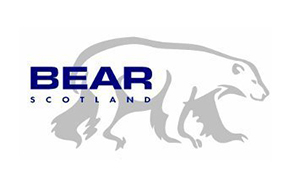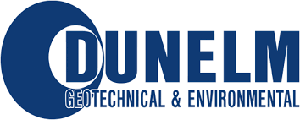Cohort 5
 Andrew Hoggett
Andrew Hoggett
- One Planet Researcher School of Natural and Environmental Sciences
- Email: a.j.hoggett2@newcastle.ac.uk
- Twitter: @hoggett_andrew
- Based at: Newcastle University
Project Title
Ice, Ice, Babies! The role of periodic and catastrophic ice loss on species connectivity in polar systems.
Bio
I have lived by the sea in the North East for my entire life, so it’s no wonder that growing up in this environment has led me to an education and future career in marine sciences. I have always been fascinated by the deepest and coldest regions of the global ocean, and have long strived to be a part of unravelling the mysteries of these largely unexplored and alien seascapes – which has inevitably led to me developing into a budding deep-sea and polar ecologist. My ongoing and previous research has focused upon modelling population connectivity within the Weddell Sea in Antarctica, however my focus has now turned to understanding the impacts of climate change on the species I am studying. In a changing environment, where severe ice loss is an increasing possibility, how is population connectivity affected?
Supervisors
- Ben Wigham (Newcastle University)
- Miguel Morales Maqueda (Newcastle University)
- Chris Bull (Northumbria University)
Project Outline
The discovery of a small assemblage of sponges on a boulder beneath the Filchner-Ronne Ice Shelf (FRIS), 260 km from the ice shelf front and at a depth of 1233m, by Griffiths et al. (2021) was the first observation of sessile life within an ice shelf cavity. No species-level identification has been possible for the individuals within this assemblage, and the origins of this assemblage are currently unknown. Prior research has been conducted using a hydrodynamic larval dispersal model, with pathways of larval connectivity seen to exist between sponge populations at the Eckström Shelf and the site of the boulder assemblage beneath the FRIS (Hoggett et al., unpublished). A deeper understanding of population connectivity in the Weddell Sea is not solely important for now, but also for the future, given the risks posed to the Antarctic from anthropogenic climate change. The Weddell Sea is a changing environment, and alterations in winds and oceanographic conditions through warming temperatures have a direct impact on land and sea ice coverage, current inflows to the FRIS cavity, and FRIS basal melt rate (Darelius et al., 2016; Naughten et al., 2019; Ryan et al., 2020; Bull et al., 2021). Elsewhere in the Weddell Sea, the threats to ice shelves by atmospheric warming have already been observed, with surface meltwater posing risks via hydrofracturing, and the collapse of the Larsen AB Ice Shelf (Kuipers Munneke et al., 2018; Martin et al., 2019; Lai et al., 2020). Following events such as the Larsen collapse and massive iceberg calving, a rapid onset of reproductive activity has been observed in certain hexactinellid sponge species (Dayton et al., 2013; Fillinger et al., 2013), with this activity being linked to previously ice-covered seafloor now being exposed to surface primary production. However, it is unknown what the repercussions on the FRIS boulder sponge assemblage would be should an ice shelf collapse event occur, as the species present may be adapted to a food-limited environment (Griffiths et al., 2021). My ongoing research aims to further utilise the existing larval dispersal and sponge lifecycle model to predict the impacts of ice loss on the connectivity between the sponge assemblages of the Weddell Sea and FRIS, with some refinement of the model necessary to increase the biological and physiological accuracy of the simulated species and their larvae.
Research Questions
- Beneath the Filchner-Ronne Ice Shelf, in which areas are the environmental and oceanographic conditions suitable to likely sustain sponge assemblages?
- How is larval connectivity between sponge populations impacted by the location of polynyas (ice shelf front, Maud Rise, etc.), their size, and their duration?
- Should a large iceberg calve from the Filchner-Ronne Ice Shelf, or should the ice shelf collapse, how is larval connectivity between the sponge assemblages of the Weddell Sea affected?
Techniques
The existing hydrodynamic larval dispersal model has been built using MATLAB R2022a and utilises simulated oceanographic data for the Weddell Sea from the years 1992-2017. Biological and physiological larval parameters have been collated from the best-available data in the existing scientific literature. Future ice loss scenarios will be simulated in NEMO (Nucleus for European Modelling of the Ocean) and the resulting oceanographic data will be fed into the dispersal model. Habitat suitability maps will be developed using ArcGIS.
Skills
- Hydrodynamic modelling
- MATLAB
- Python
Education
- MRes Marine Ecosystems & Governance - Newcastle University (2022-2023)
- BSc Marine Biology - Newcastle University (2019-2022)
- BSc Physics - University of Leeds (2013-2016)
Hobbies
- Football
- Playing guitar
- Music
- Birdwatching
- Travelling








